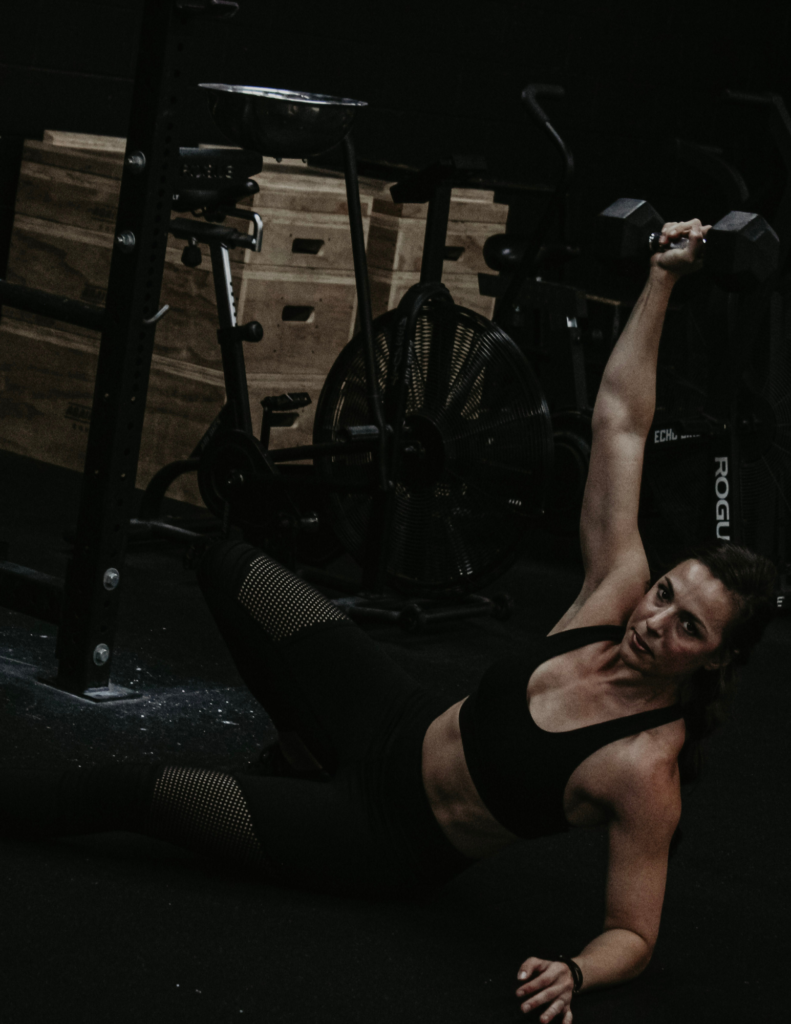
The main function of the core is to stabilize the spine and maintain a stable base off of which to create all other movements. Its secondary function is to transfer energy from the base to the limbs to generate movement.
In most cases when working to stabilize, we want to do so in what’s called a “neutral spine” or the natural positioning of our spine. This is a slight S curve made up of 3 major components broken up by individual vertebrae. The curvatures can be described as lordotic or curving inward, and kyphotic or curving outward.
The three sections from top to bottom are:
The core is made up of multiple muscles that surround the spine. They are layered, stacked, and wrapped around them for optimal protection and function.
They include:
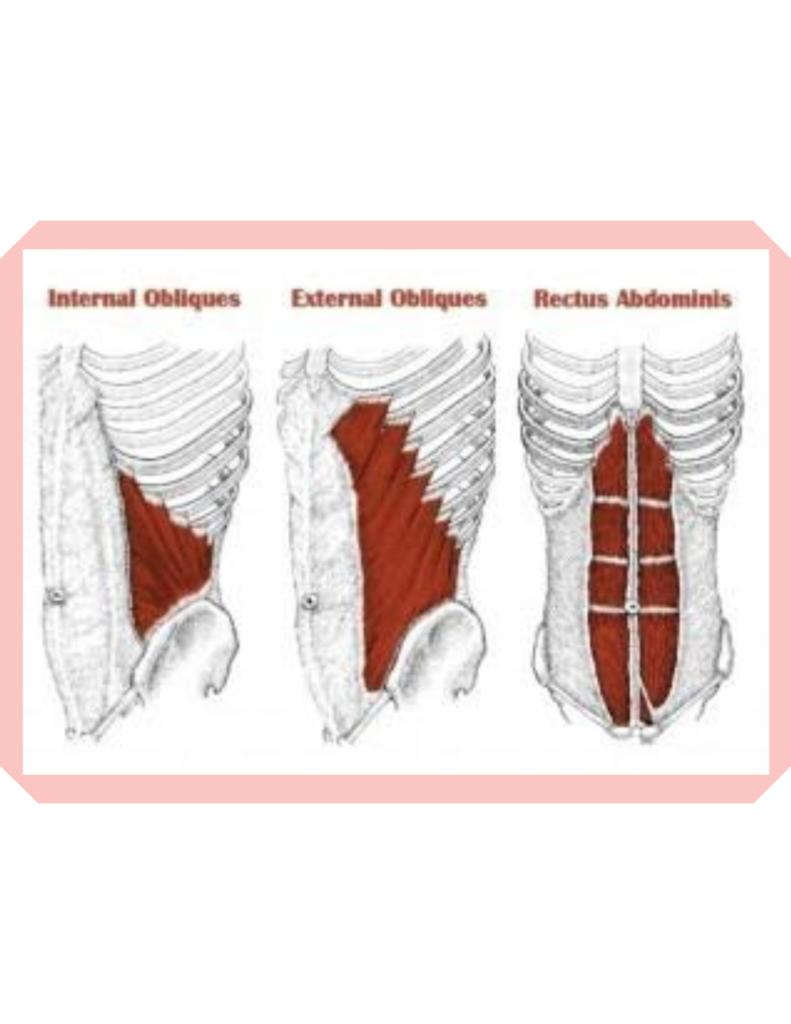
RECTUS ABDOMINIS
This muscle is responsible for spinal flexion as well as anti-extension. It literally connects the rib cage and the pelvis which helps stabilize the lumbar spine.
EXTERNAL OBLIQUES
These muscles are located on the sides of the abdomen and connect to ribs 4-10, which connect the thoracic spine & pelvis. It produces some flexion and rotation of the trunk, as well as stabilizes during anti-rotation.
INTERNAL OBLIQUES
Located below the External Obliques, these support the abdominal wall, help to pressurize the abdomen and also aid in rotation/anti-rotation. They wrap around the sides of the abdomen and connect to the thoracolumbar fascia, the 10th-12th rib, and into the fascia toward the front of the abdomen.
TRANSVERSE ABDOMINIS
This muscle is responsible for spinal flexion as well as anti-extension. It literally connects the rib cage and the pelvis which helps stabilize the lumbar spine.
MULTIFIDUS
These are a group of small muscles that connect the vertebrae all the way up the spine beneath the spinal erectors attaching to the spinous processes. They aid all movements but are mainly responsible for spinal extension, lateral flexion, and rotation as well as the stabilization of those anti-movements.
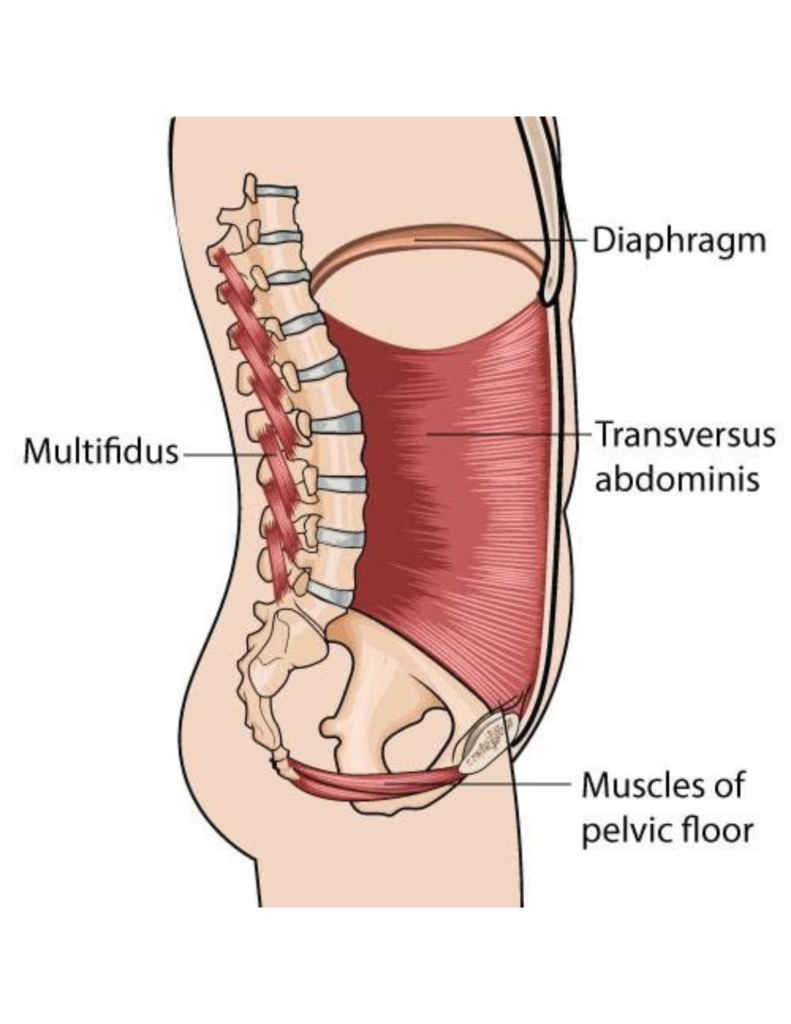
PELVIC FLOOR
The base of the “core” connects the sacrum & pubic bone. This muscle(s) support the internal organs above it while stabilizing the pelvis and act as a constrictor or continence mechanism to the urethral, anal, and vaginal orifices (in females). The connection to this set of muscles especially post pregnancy is key to fully stabilizing the core.
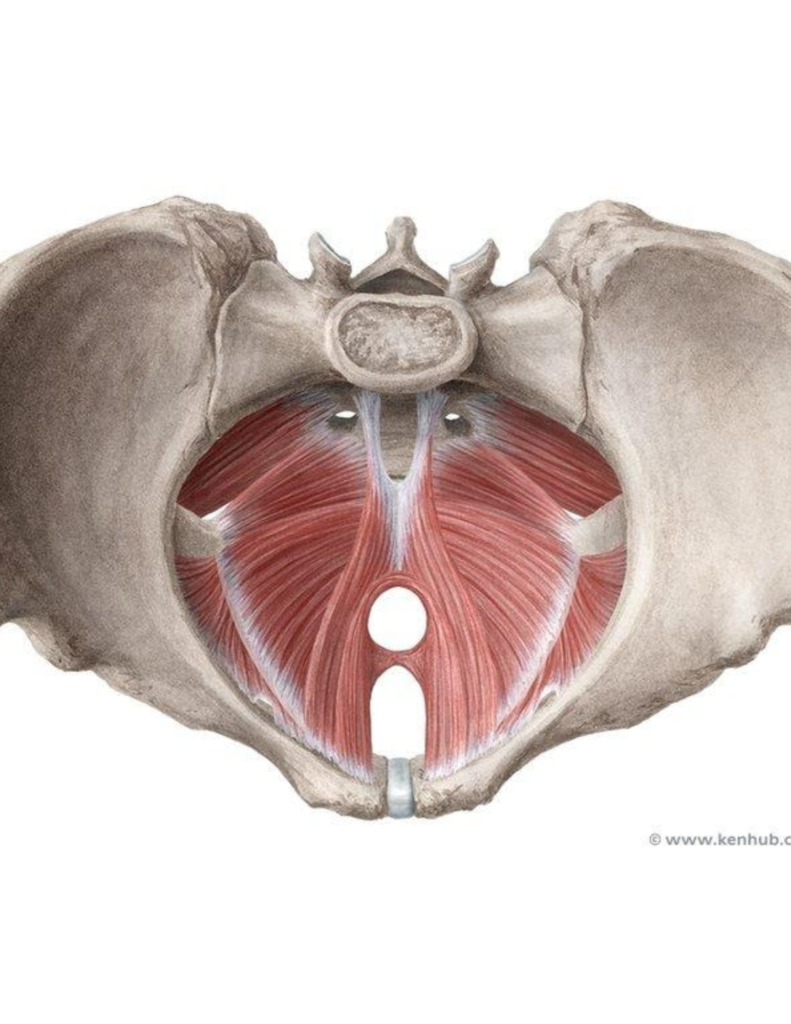
SPINAL ERECTORS
These muscles located on either side of the spine from neck to tailbone in sections help to create an extension (and maintain upright posture) as well as rotation in addition to helping stabilize the anti-movements in those directions.
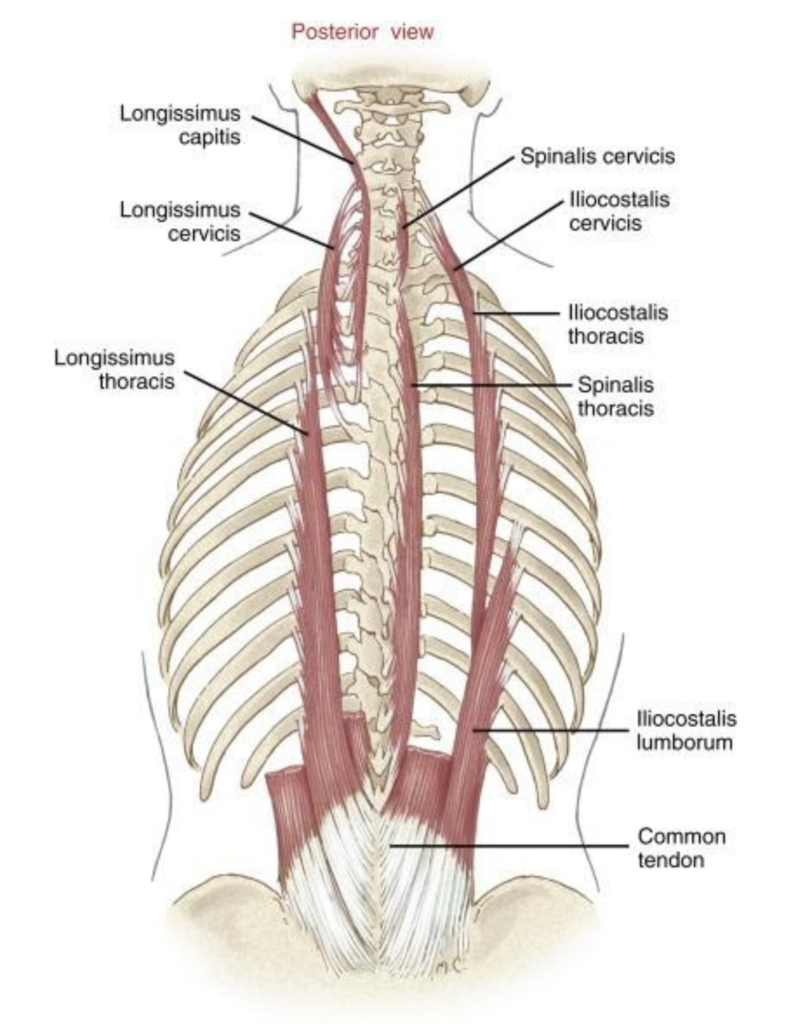
QUADRATUS LUMBORUM
As you can see, this set of muscles is extremely important to stabilize the pelvis and lumbar spine. This is the deepest abdominal muscle and is responsible for tilting the pelvis anteriorly & posteriorly (forward and back) as well as rotation of the hips and spine.
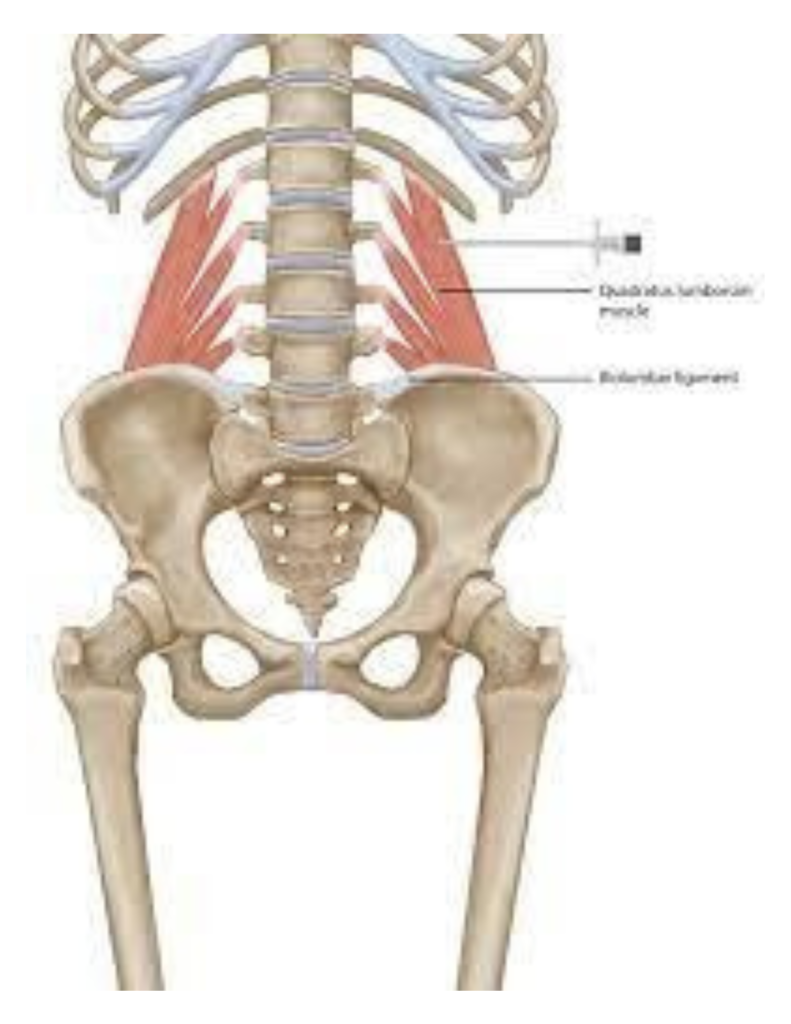

Women’s Functional Nutritionist & Fitness Specialist along with CEO of Elysian Women’s Wellness.
God, family, fitness – in that order. Fitness isn’t my job, it’s my passion. My favorite things include traveling the world, being a mama and making a difference.
14 years of experience in the wellness industry has brought me to an understanding that when you’re ready – you’ll do it. So when you are, we’re here to keep you simply well.
The last “program” you’ll ever buy. Your individualized training & nutrition plan that teaches the why & how to create lasting changes with me by your side every step of the way!
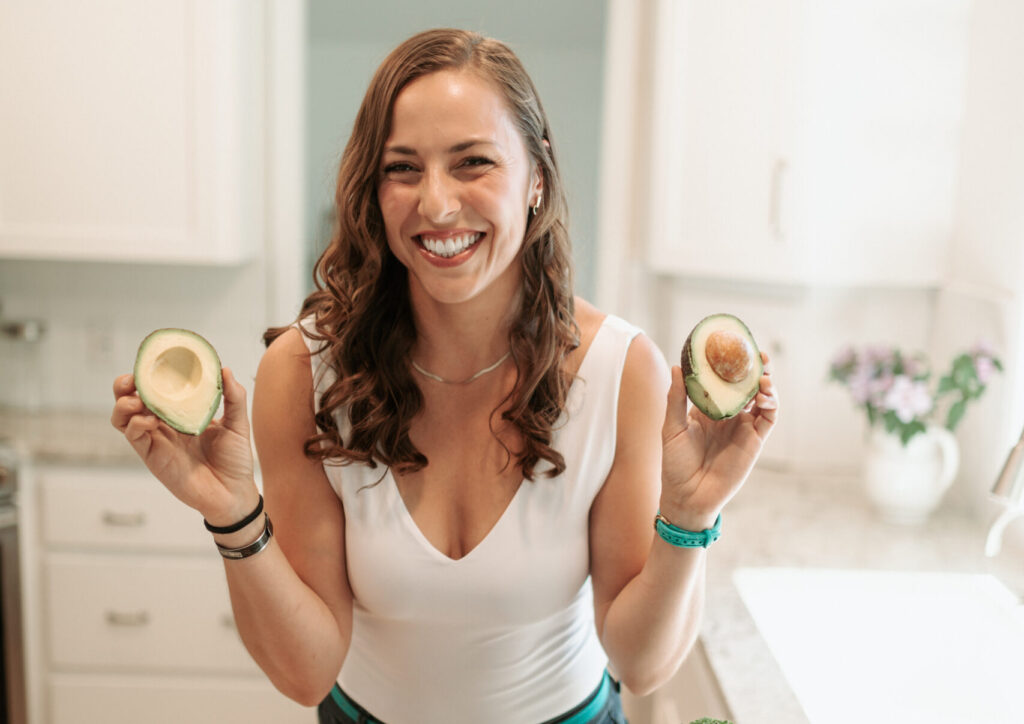
Error: No feed found.
Please go to the Instagram Feed settings page to create a feed.
Level 0, 1, 2 & 3: Level Up your workouts with beginner to advanced plans designed with a focus lift each month, progressive overload, instructional videos & all inclusive training & nutrition guides.
Copyright ©2025. Gamechanger
A BRANDT CREATIVE CO. TEMPLATE. Trusted by Wimgo.